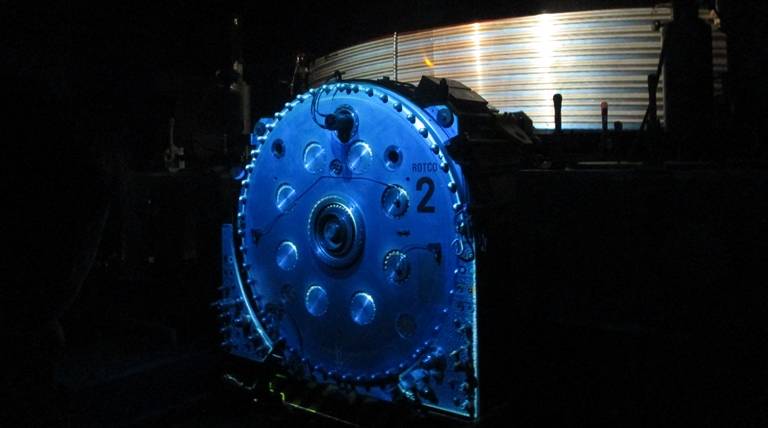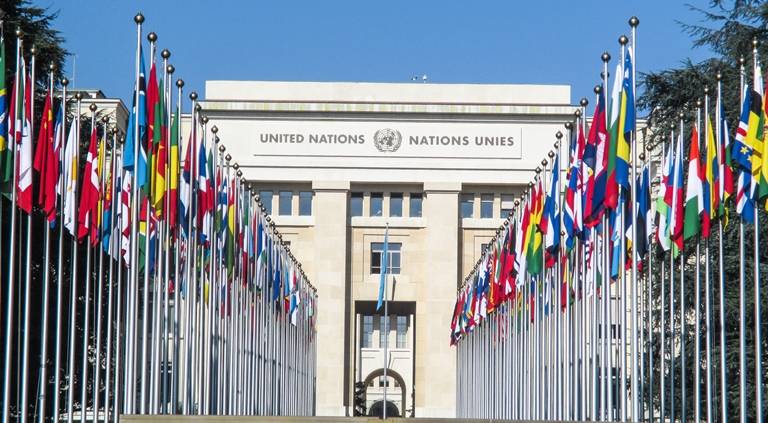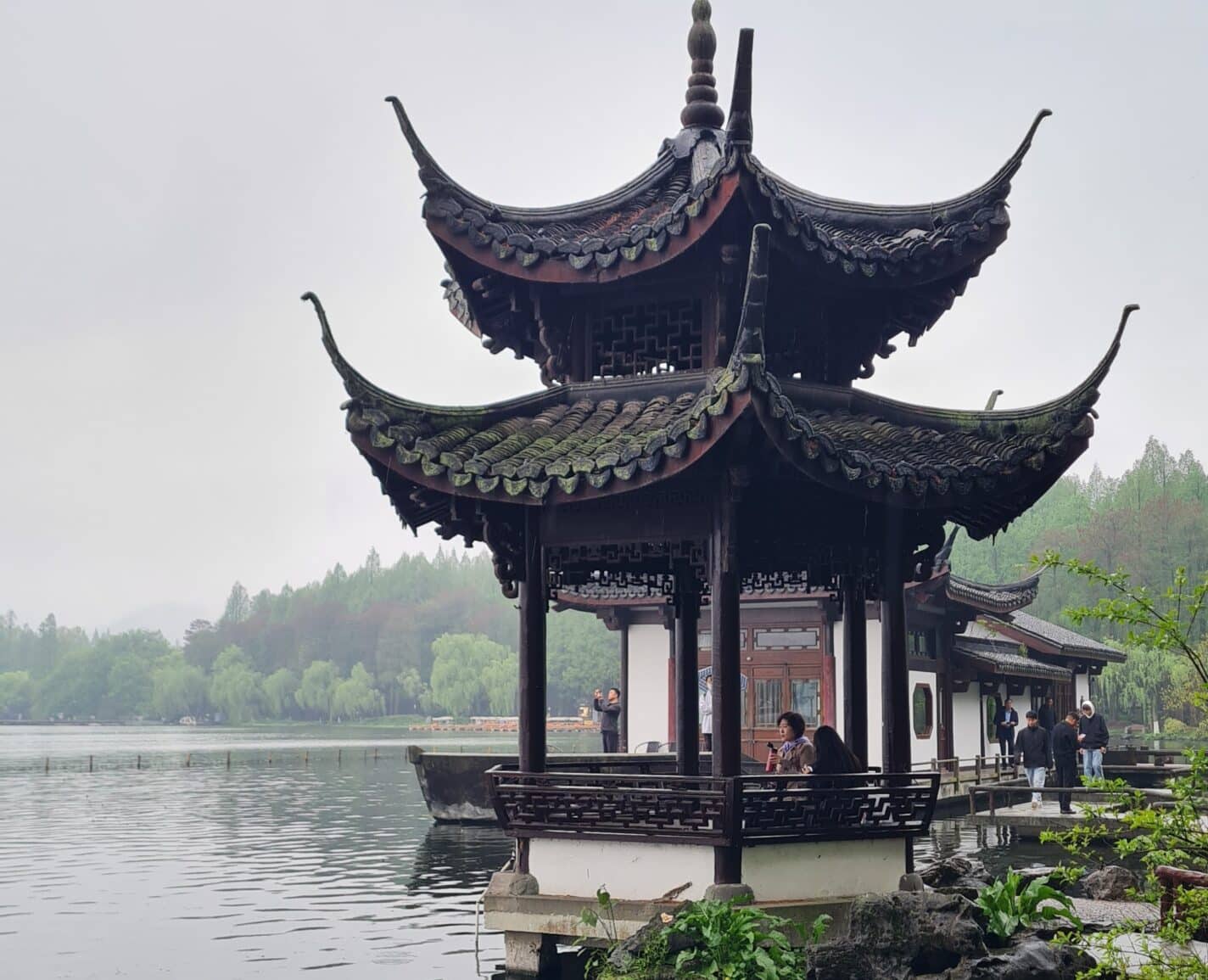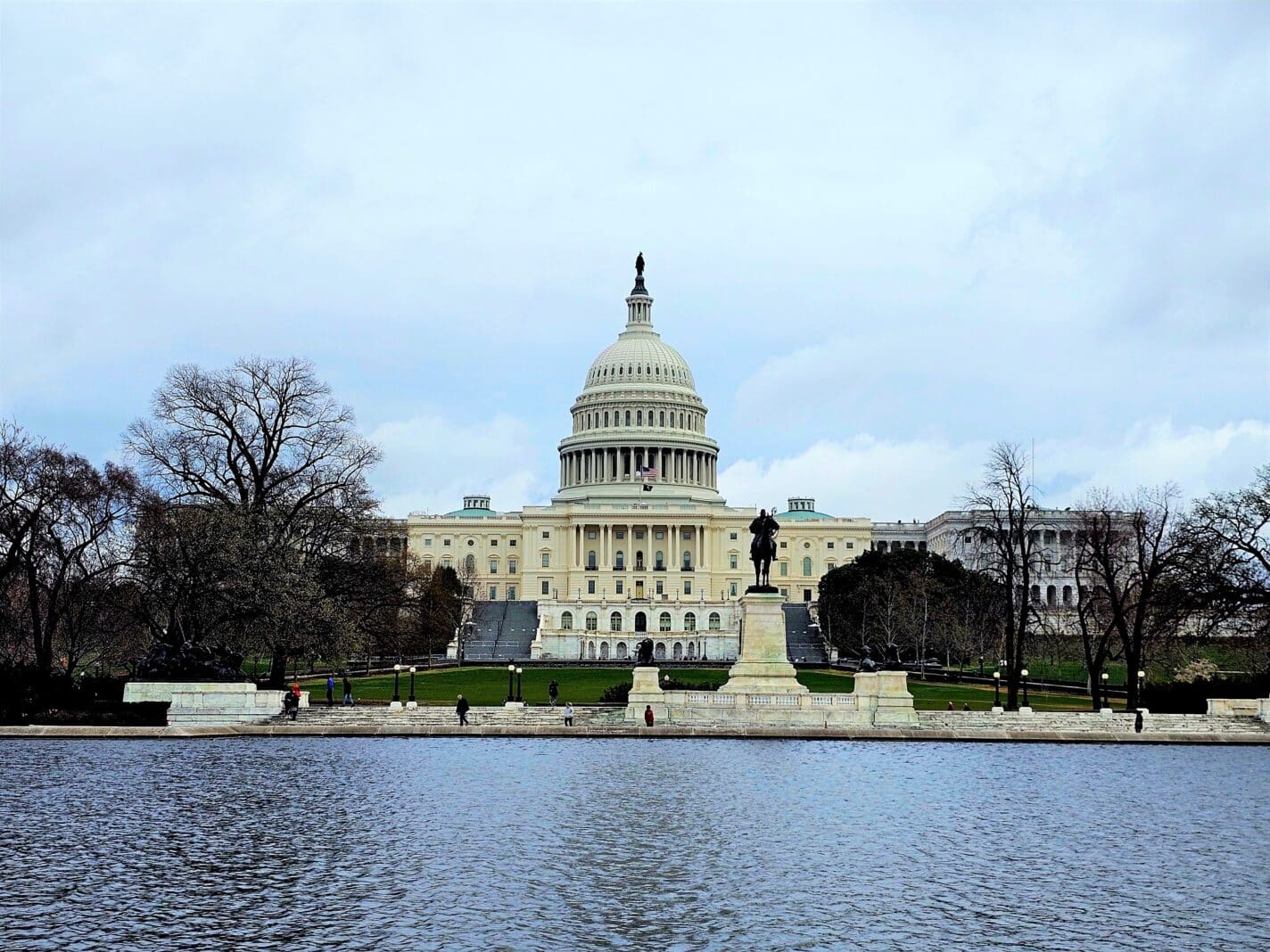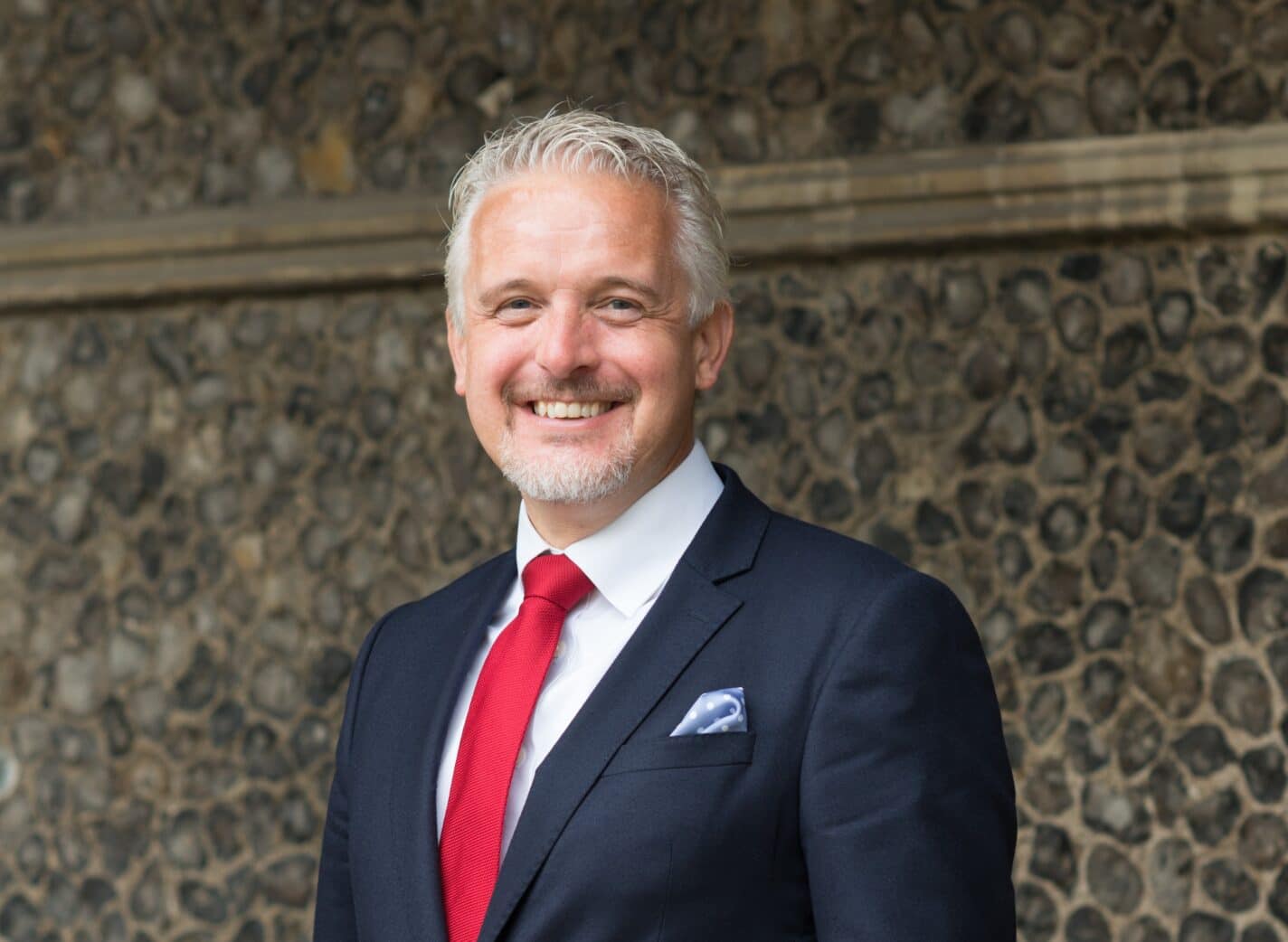In early March, while Oundle was dealing with heavy late winter snow, a group of physicists set off to one of the highlights of the scientific world, and the global centre of nuclear physics research, CERN, the European Organization for Nuclear Research in Switzerland.
On the first day, pupils had unprecedented access to CERN’s student visitor centre where they learned how to make a cloud chamber, which is used at the facility (and indeed by other scientists throughout the world) to detect certain scientific phenomena. They were also able to visit the Globe the Microcosm, two exhibitions about the space as well as the history of physics in general.
Having gained all this knowledge, the students took on the real epicentre of this journey, the Large Hadron Collider itself. On a tour of all the facilities, but most notably ATLAS, where the particle collisions and detections occur, pupils learned that when the collisions happen there are fragments of the particles scattering in the chamber and they are recorded with ultra-high-speed cameras to detect the trails happening in nanoseconds.
The trip, which lasted three days, included visits to not just the research centre, but also to the surrounding sights of Geneva and beyond. On the cultural side, students took part in a treasure hunt of the city, discovering information about historical people, places and things within this immensely relevant region. The pupils also took the opportunity to visit both the UN and old League of Nations Headquarters.
Such excursions provided great insight for the members of the trip whose timetables are typically centred on more scientific subjects, so the opportunity to learn about the inner workings of a site of both historical and political importance was rare, but well-received.
Toby Acheson-Gray (Sc)


